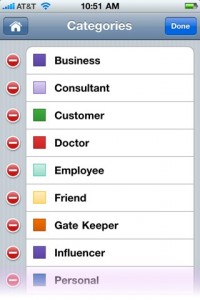This could (really) mark the end of the road for Palm’s long and fragmented legacy. Today, HP announced they would kill development of webOS tablets and phones in the near future. Palm’s long legacy from PalmOS to webOS – spanning the past 15 years – may now finally rest in peace.
So, is HP still interested in mobile technology?
In their press release, HP said they plan to “continue to explore options to optimize the value of webOS software going forward.” I think this means more than discussing it over a few meetings. I think they are implying something more sinister like, “We’re going to play the Android OS game now.”
HP paid $1.2 billion to acquire Palm webOS and Palm’s patents. They obviously planned for this day when webOS would die on its own. I believe that HP will take the UI from webOS and enter the Android OS manufacturing game. They bought Palm for the patents and their UI. HP will land running with a webOS UI that works rather well from a consumer standpoint. People never had issues with the UI and experience. In fact, they actually liked it. It was the most fluid mobile experience next to iOS. Instead, the lack of a meaningful app store with development partners vested into their ecosystem is what led what to Palm’s demise.
Look for HP to announce that they are entering the Android OS circus by 2012. Footnote: I’ve wrong before.

 The short answer is this: Categories.
The short answer is this: Categories.